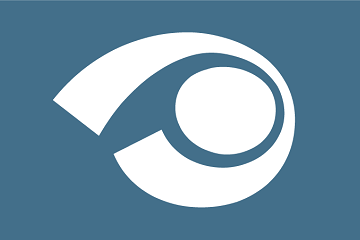EURASIAN INDUSTRIAL DESIGN PATENT
 The Eurasian patent for an industrial design is a new instrument for the protection that on June 1, 2021 entered into force on the territory of the five Eurasian Patent Convention (EAPC) member states.
The Eurasian patent for an industrial design is a new instrument for the protection that on June 1, 2021 entered into force on the territory of the five Eurasian Patent Convention (EAPC) member states.
Currently, the EAPC member states are the Republic of Azerbaijan, the Kyrgyz Republic, the Republic of Armenia, the Republic of Belarus, the Republic of Kazakhstan, the Republic of Tajikistan, the Russian Federation and the Republic of Turkmenistan.
The Protocol on the Protection of Industrial Designs regulating the legal aspects of obtaining a Eurasian patent for an industrial design entered into force on March 17, 2021 in the first three states that have ratified it, namely in the Republic of Azerbaijan, the Kyrgyz Republic and the Republic of Armenia. Also, the Protocol entered into force for the Russian Federation on April 11, 2021, and for the Republic of Kazakhstan on April 12, 2021 respectively. We will additionally inform as soon as the procedure of registering a Eurasian patent for an industrial design becomes available in the rest of the EAPC member states.
ADVANTAGES OF OBTAINING A EURASIAN PATENT FOR AN INDUSTRIAL DESIGN
One of the main advantages of of industrial designs legal protection under the Eurasian system for the applicant is the lower cost of patenting comparing to the cost of registering industrial designs in each of the EAPC countries separately. To obtain a Eurasian patent for an industrial design simultaneously on the territory of all member states it is sufficient to file one Eurasian industrial design application instead of submitting separate applications to each state of interest. Thus, the Eurasian system of industrial designs legal protection also greatly simplifies and speeds up the procedure of obtaining patents in the Eurasian countries.
PROCEDURE OF OBTAINING A EURASIAN INDUSTRIAL DESIGN PATENT
A Eurasian application for an industrial design is filed with the Eurasian Patent Office or through the national office of a contracting state. When filing a Eurasian application, a single procedural fee shall be paid. In case of filing with a national patent office, it is also required to pay an additional fee for processing and transmitting a Eurasian application.
1. After receiving the application, the Eurasian Patent Office conducts a preliminary examination. At this stage, an industrial design application is checked as to compliance with all legal and filing requirements.
2. As soon as the preliminary examination is completed, the Eurasian Patent Office publishes the application. After that, any individual may file an objection against granting a Eurasian patent for an industrial design.
3. Further, the Eurasian Patent Office conducts a substantive examination and considering the obtained objections against granting a patent, if any, decides to issue or refuse to issue a patent for a Eurasian industrial design. The decision of the examination board can be appealed by the applicant.
4. The Eurasian Patent Office shall register an industrial design in the register of Eurasian patents for industrial designs if a decision to grant a patent has been made. After that, the information about the patent grant is published in the Official Bulletin, and a Eurasian patent for an industrial design is issued.
Registration, publication and granting of a Eurasian patent for an industrial design are carried out provided that the corresponding fee is paid.
DURATION OF THE EURASIAN PATENT FOR AN INDUSTRIAL DESIGN
The validity term of a Eurasian patent for an industrial design is 5 years from the date of filing the application. It can be renewed at the request of the patent holder every time for further five years. The maximum term of protection of a Eurasian industrial design may not exceed 25 years.
To extend the period of validity of a Eurasian patent for an industrial design, the holder must pay the corresponding fee to the Eurasian Patent Office. The extension of the validity of a Eurasian patent for an industrial design shall automatically be applied for the territory of all contracting states where the patent is valid.
